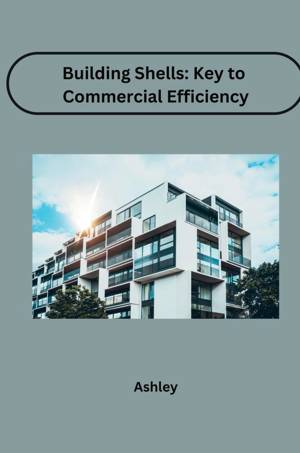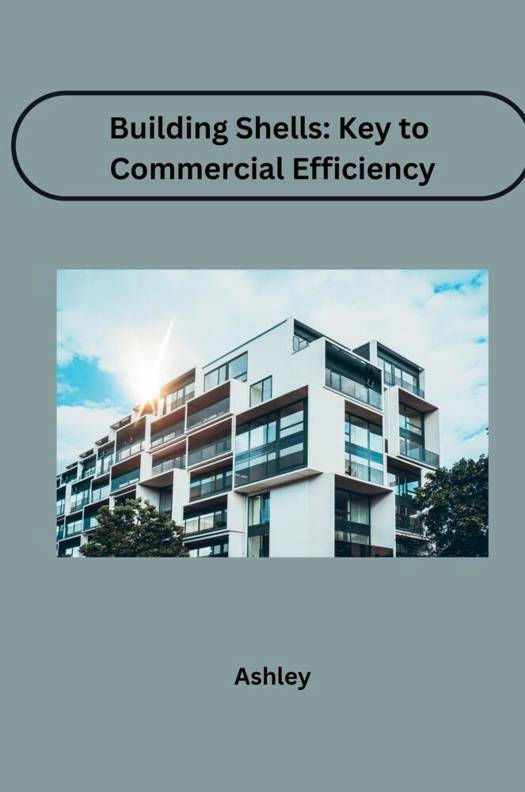
- Afhalen na 1 uur in een winkel met voorraad
- Gratis thuislevering in België vanaf € 30
- Ruim aanbod met 7 miljoen producten
- Afhalen na 1 uur in een winkel met voorraad
- Gratis thuislevering in België vanaf € 30
- Ruim aanbod met 7 miljoen producten
Zoeken
Omschrijving
Our buildings are like our skins - they shield us from the elements. But unlike our adaptable human bodies, traditional buildings can be energy guzzlers. The culprit? A poorly designed building envelope. The building envelope refers to everything that separates the conditioned space inside from the unconditioned space outside: walls, roofs, windows, and doors. A leaky or inefficient envelope forces heating and cooling systems to work overtime to maintain comfortable temperatures, leading to high energy bills and a larger carbon footprint. The good news is that with thoughtful design and material choices, building envelopes can be transformed into energy-saving champions. Here's how: - Insulation is king: Proper insulation in walls, roofs, and floors acts as a thermal barrier, keeping the cool air in during summer and the warm air in during winter. - Window wisdom: Double-paned windows with low-emissivity coatings significantly reduce heat transfer. Strategically placed windows can also leverage natural light and ventilation, further reducing reliance on artificial lighting and air conditioning. - Material matters: Building materials with high thermal resistance can significantly improve envelope performance. By prioritizing a well-designed building envelope, we can create structures that are comfortable, energy-efficient, and environmentally responsible. It's a win-win for building owners, occupants, and the planet.
Specificaties
Betrokkenen
- Auteur(s):
- Uitgeverij:
Inhoud
- Aantal bladzijden:
- 128
- Taal:
- Engels
Eigenschappen
- Productcode (EAN):
- 9783384225542
- Verschijningsdatum:
- 11/05/2024
- Uitvoering:
- Paperback
- Formaat:
- Trade paperback (VS)
- Afmetingen:
- 152 mm x 229 mm
- Gewicht:
- 199 g

Alleen bij Standaard Boekhandel
+ 52 punten op je klantenkaart van Standaard Boekhandel
Beoordelingen
We publiceren alleen reviews die voldoen aan de voorwaarden voor reviews. Bekijk onze voorwaarden voor reviews.








